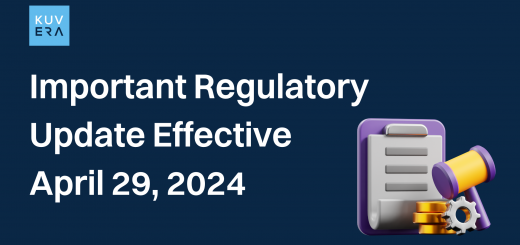Investing in your 20s can set you on a path to financial success, but it can also be overwhelming. The key is to keep it simple and focus on long-term growth. In this comprehensive guide, we’ll explore five straightforward tips to help you navigate the world of investments in your 20s.
1. Don’t Look for Perfection, Just Start
Many young adults hesitate to invest because they fear making mistakes. However, waiting for the perfect investment opportunity often leads to missed opportunities.
According to a survey by Bankrate, 31% of Americans under 30 said they were not investing because they didn’t know enough. Instead, start with what you have, even if it’s a small amount. The important thing is to get in the game and learn along the way.
Moreover, consider the power of compound interest. Let’s take a closer look at this concept with an example: Suppose you start investing ₹70,000 per year at age 25 and continue until you’re 35. Assuming an average annual return of 7%, your investments will grow to over ₹14,00,000 by age 65. In this scenario, you’ve only invested ₹11,00,000 of your own money, but compounding has turned it into a substantial sum.
The key takeaway is that time in the market can be more valuable than timing the market.
In this scenario, you’ve only invested ₹11,00,000 of your own money, but compounding has turned it into a substantial sum. The key takeaway is that time in the market can be more valuable than timing the market.
2. Have a Long-Term Perspective
Investing in your 20s allows you to take advantage of the power of compounding. By adopting a long-term mindset, you can weather short-term market fluctuations and benefit from the growth potential of your investments over time.
According to historical data, the S&P 500, a benchmark index, has delivered an average annual return of around 7% after adjusting for inflation over the long term. Don’t be swayed by short-term trends or market noise.
Consider this: If you invest ₹7,000 per month in a diversified portfolio for 40 years and earn an average annual return of 7%, you’ll have over ₹4,00,00,000 (4 crores) at the end of that period. Your patience and long-term perspective can significantly impact your financial future.
3.Learn as You Go
Investing is a continuous learning process. Stay informed about different investment options, diversification strategies, and risk management.
According to a report by the National Endowment for Financial Education, 76% of millennials believe they need to learn more about investing. Utilize resources such as books, online courses, or seek advice from financial experts. The more you learn, the better equipped you’ll be to make informed decisions.
In today’s digital age, there are numerous online platforms and apps that offer educational content on investing.
4. Review Your Investments Regularly
While a long-term perspective is crucial, it’s also essential to periodically review your investment portfolio. Ensure your investments align with your financial goals and risk tolerance.
According to a survey by Charles Schwab, 36% of Americans never review or rebalance their investment portfolios. Adjustments may be necessary as your financial situation and goals evolve.
Consider implementing a simple annual review process. Reevaluate your investment objectives, risk tolerance, and time horizon. If your goals have changed or if your portfolio allocation has shifted significantly due to market movements, make the necessary adjustments. This practice helps ensure that your investments remain aligned with your financial aspirations.
5. Don’t Panic When Things Don’t Go Your Way
Investment markets can be unpredictable, and you may experience periods of volatility. It’s crucial not to panic and make hasty decisions during these times.
According to research by Dalbar, Inc., the average equity mutual fund investor underperformed the S&P 500 by a significant margin over a 20-year period due to emotional reactions to market fluctuations. Stick to your long-term plan, and remember that market fluctuations are a natural part of the investment journey.
A study by Vanguard found that investors who consult with financial advisors tend to have more diversified portfolios and are less likely to make impulsive decisions during market downturns. Consider seeking professional advice or guidance from a financial advisor to help you stay on track and avoid emotional reactions to market turbulence.
Conclusion
Investing in your 20s can be simplified by following these five tips. Remember, it’s not about perfection but about taking the first step, maintaining a long-term perspective, continuous learning, periodic review, and staying calm during market turbulence. With these strategies and the data-backed insights provided, you can build a solid financial foundation for your future.
In summary, your 20s are an excellent time to start investing, and these tips will help you navigate the investment landscape with confidence. By embracing a long-term mindset, staying informed, and maintaining discipline, you can position yourself for financial success in the years to come. Don’t let fear or uncertainty hold you back—take the first step toward securing your financial future today.
Interested in how we think about the markets?
Read more: Zen And The Art Of Investing
Watch/hear on YouTube: Investing with legends series
Start investing through a platform that brings goal planning and investing to your fingertips. Visit kuvera.in to discover Direct Plans and Fixed Deposits and start investing today.











